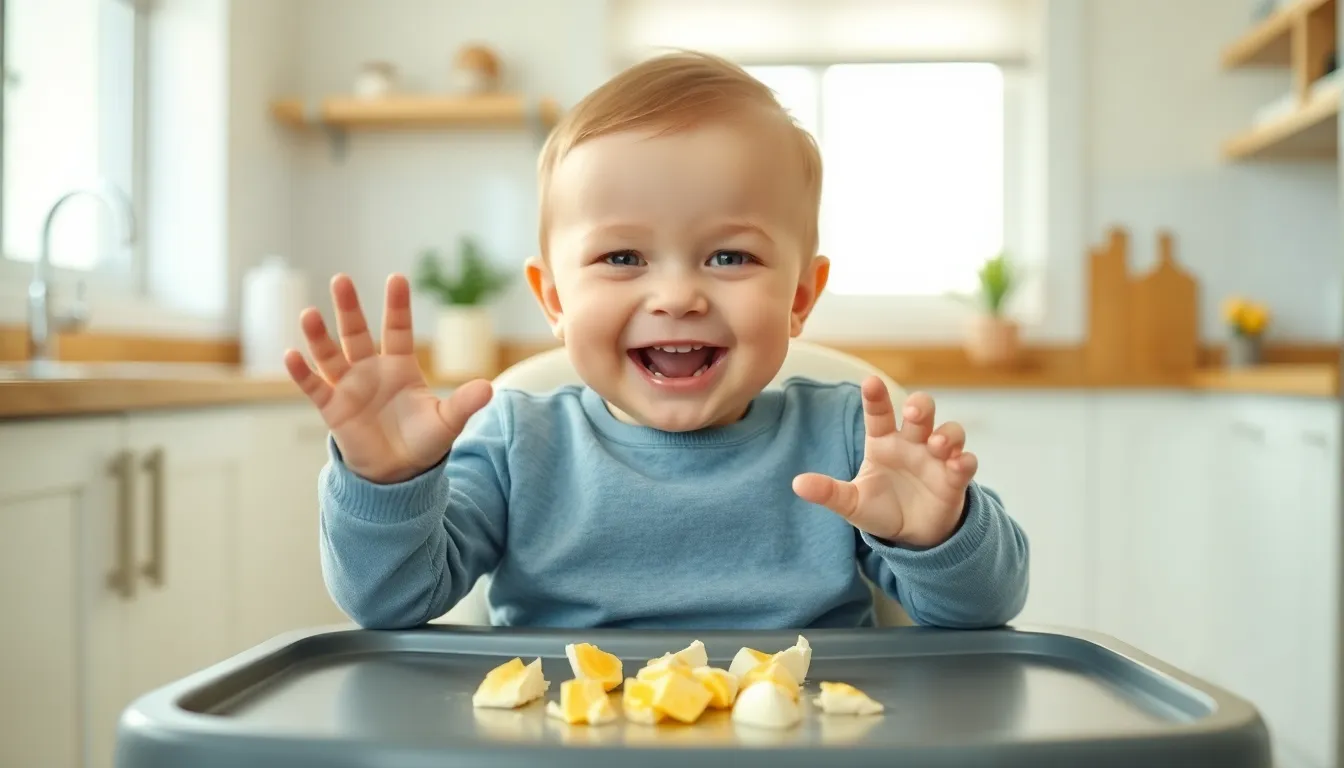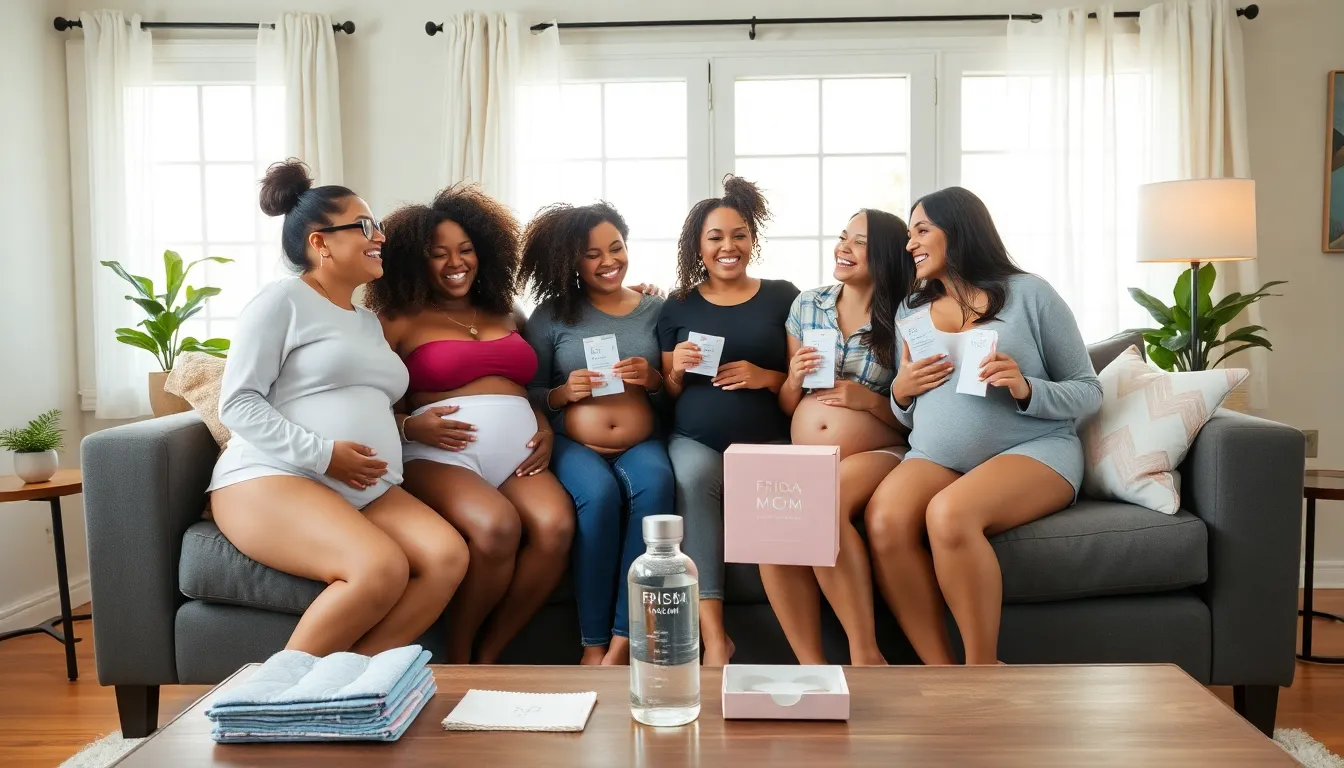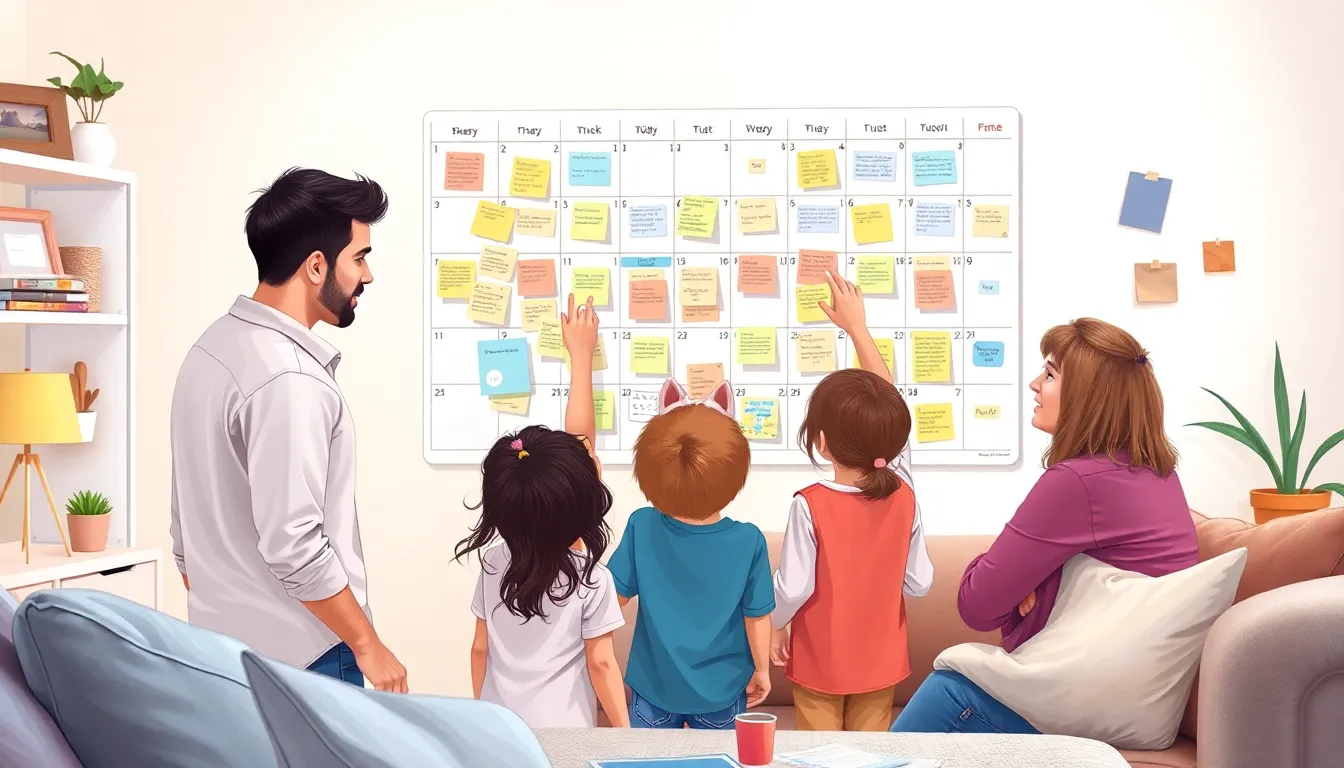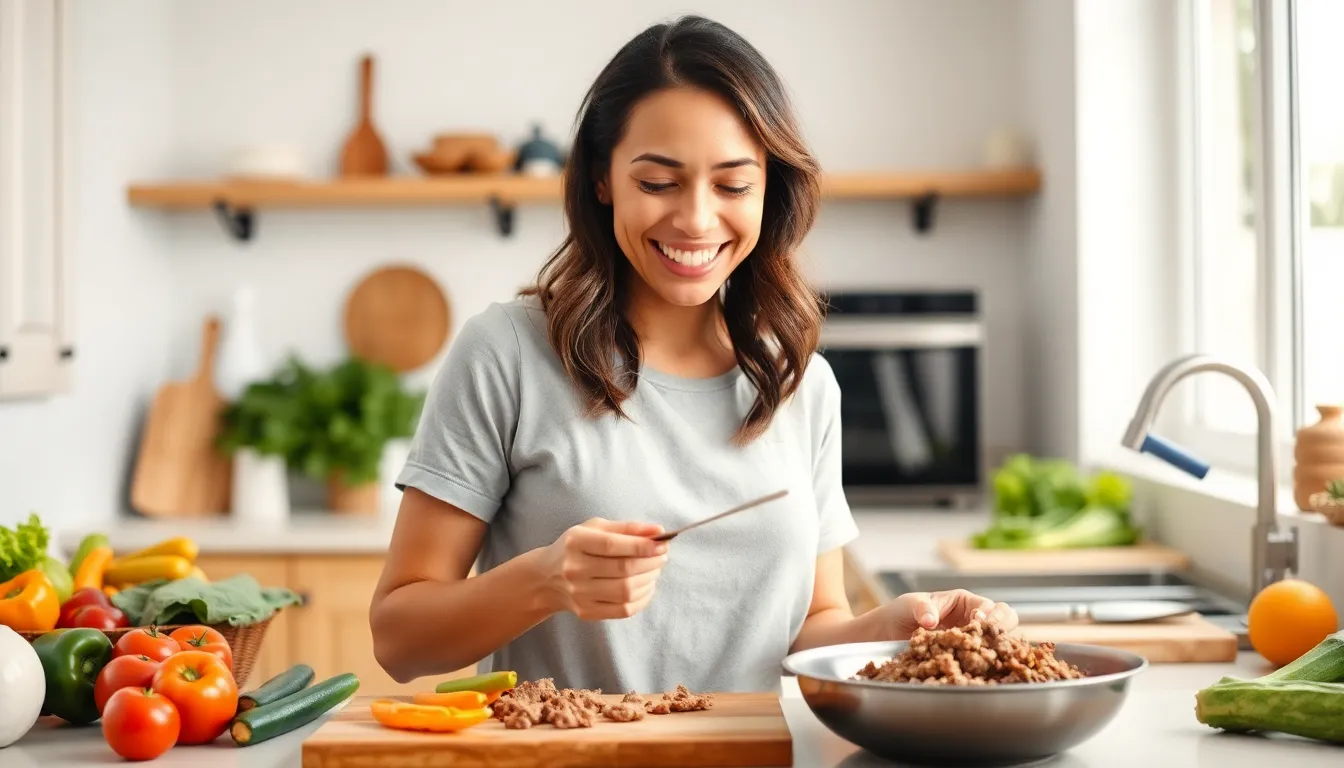Ever wondered what happens when you mix brown and blue? It’s like a color experiment gone slightly rogue. While some might think it’s a recipe for a muddy mess, the truth might just surprise you. These two colors, often overlooked, can create a hue that’s both intriguing and unexpected.
Table of Contents
ToggleUnderstanding Color Mixing
Color mixing involves blending colors to create new shades. The interaction between brown and blue reveals interesting combinations worth exploring.
The Basics of Color Theory
Color theory explains how colors interact. It includes concepts like the color wheel, which showcases relationships between colors. Mixing complementary colors creates contrast, while mixing similar colors yields harmony. Brown is a neutral shade, resulting from various mixtures of primary colors. Blue, a primary color, influences the final outcome when blended with brown. The resulting hue can vary based on the proportions of each color.
Primary, Secondary, and Tertiary Colors
Primary colors—red, blue, and yellow—serve as the foundation for all other hues. Secondary colors arise from mixing primary colors in equal parts, forming green, orange, and purple. Tertiary colors result from combining primary and secondary colors. Brown typically emerges as a tertiary color by mixing multiple primary colors in varied ratios. Meanwhile, it can also arise from mixing the two secondary colors green and orange, representing a complex spectrum. Mixing brown with blue thus leads to an innovative color that may pique interest.
What Color Does Brown and Blue Make?
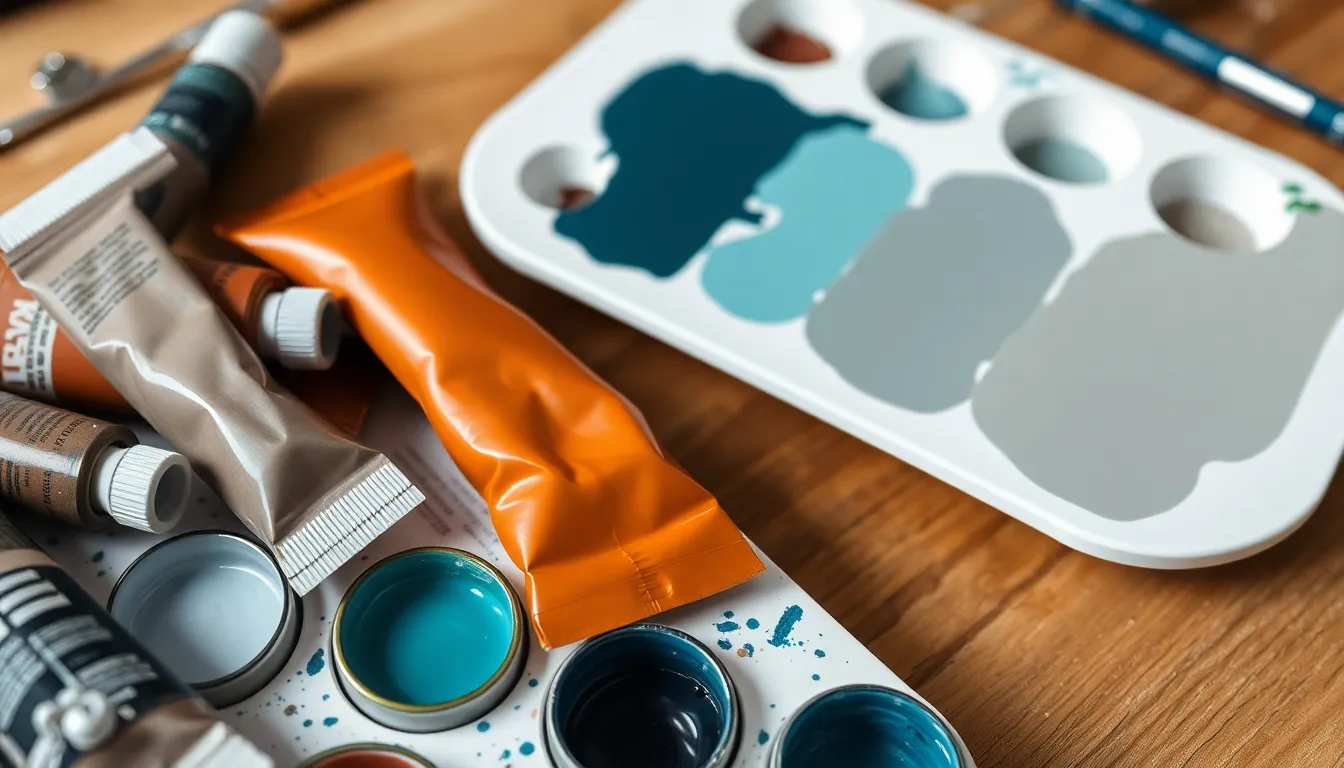
Combining brown and blue creates a unique hue that can surprise many. The result varies based on the mixing method and proportions used.
The Color Mixing Process
The color mixing process involves blending pigments or light. When brown and blue mix, they often yield a shade closer to gray or muted teal, depending on their ratios. Brown acts as a neutralizing agent, softening the vividness of blue. Artists often use this technique to produce earthy tones, crucial for creating depth in artwork. Understanding how these colors interact enhances creative possibilities. Experimenting with different amounts leads to varied results, encouraging exploration.
Factors Influencing the Resulting Color
Several factors influence the final color when mixing brown with blue. Proportions play a significant role; adding more blue intensifies the outcome, while more brown dulls it. The medium used, such as paint or digital tools, also affects the mixing outcome. Additionally, the specific shades of brown and blue contribute unique characteristics to the final hue. For instance, using a vibrant royal blue produces a different result than navy blue combined with brown. Environmental lighting conditions can further change the perceived color, making experimentation essential.
Practical Applications of Brown and Blue Mix
Mixing brown and blue presents valuable applications in various fields. This section focuses on art and design, as well as interior decoration, showcasing the unique benefits of this color combination.
Art and Design
Artists frequently blend brown and blue to achieve depth and dimension in their work. The muted teal or gray tones often created through this mix enhance landscapes and abstract pieces. Blue’s vibrancy remains tempered by brown’s neutrality, adding sophistication to color palettes. Many designers utilize this combination to create contrast and balance, allowing for striking visual appearances. With various mediums, like paint or digital formats, the endless possibilities of mixing brown and blue inspire creativity and innovation in artwork.
Interior Decoration
Interior designers often incorporate brown and blue to evoke warmth and tranquility in spaces. This combination creates a stylish and inviting atmosphere, suitable for various themes, from modern to rustic. A deep navy blue paired with warm brown accents fosters balance and coziness in living areas. Soft blue wall treatments complemented by brown furniture or decor items establish harmony that resonates well with occupants. Such thoughtful combinations promote restful environments, enhancing overall comfort and aesthetics in home settings.
Experimenting with Color Combinations
Experimentation leads to exciting discoveries when blending colors. The combination of brown and blue offers unique outcomes based on techniques and projects.
Suggested Techniques
Mixing brown and blue requires specific techniques for optimal results. Start with equal parts of each color; this method balances tones effectively. Gradually adjust proportions to observe how the hue shifts from muted teal to gray. Utilize a palette knife for textured effects or a brush for smooth transitions. In digital platforms, layers can enhance depth, allowing for easy adjustments. Each technique invites exploration, revealing the versatility of this color pairing.
Creative Projects
Engaging in creative projects can bring the brown and blue combination to life. Artists might paint landscapes that capture nature’s tranquility using these hues. Designers often create mood boards to visualize themes before executing a project. Interior decorators benefit, crafting cozy spaces that evoke warmth through this pairing. A child’s bedroom adorned with playful blue accents and warm brown furniture illustrates harmony. Experimenting through various mediums, such as fabric or paint, further inspires innovation and creativity.
Mixing brown and blue opens up a world of creative possibilities. This unique combination can yield unexpected hues that enhance artistic expression and design aesthetics. By understanding the interplay of these colors and experimenting with proportions, anyone can discover captivating shades that evoke warmth and tranquility.
Whether it’s for a painting or interior décor, the blend of brown and blue can create depth and balance. Embracing this color pairing not only inspires creativity but also invites a fresh perspective on how colors interact. With a bit of practice and exploration, the potential of brown and blue can be fully realized in various projects.



